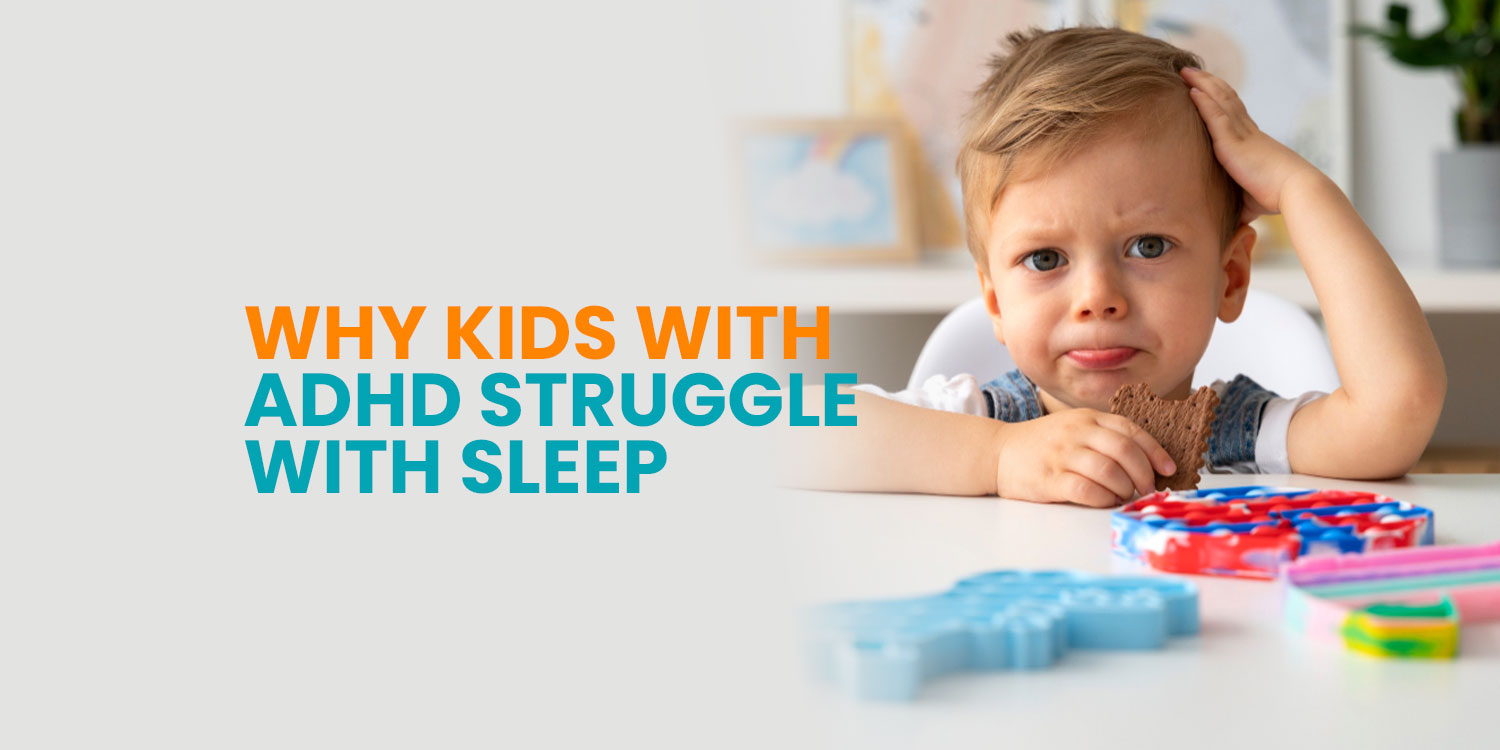SNRI vs. SSRI: Understanding the Differences and What to Expect
When it comes to treating depression and anxiety, antidepressants play a crucial role in helping individuals manage their symptoms. Two of the most commonly prescribed classes of antidepressants are Selective Serotonin Reuptake Inhibitors (SSRIs) and Serotonin-Norepinephrine Reuptake Inhibitors (SNRIs). While both types of medications work to improve mood and reduce anxiety, they differ in how they function and in their side effect profiles.
What Are SNRIs?
SNRIs, such as venlafaxine (Effexor) and duloxetine (Cymbalta), are a class of antidepressants that increase levels of two important neurotransmitters in the brain: serotonin and norepinephrine (Mayo Clinic, 2023). Serotonin is primarily responsible for mood stabilization and promoting feelings of well-being, while norepinephrine is involved in alertness and energy regulation (Stahl, 2013). The dual mechanism of SNRIs makes them effective in treating major depressive disorder (MDD), generalized anxiety disorder (GAD), and some chronic pain conditions

How Do SNRIs Compare to SSRIs?
SSRIs, including fluoxetine (Prozac) and sertraline (Zoloft), work by selectively increasing serotonin levels in the brain. They are widely prescribed for conditions such as depression, anxiety disorders, obsessive-compulsive disorder, and panic disorder (National Institute of Mental Health [NIMH], 2022).
SNRIs, by contrast, affect both serotonin and norepinephrine. This difference can influence the medications’ effectiveness, side effects, and tolerability. While SSRIs are generally better tolerated, SNRIs may be preferred for patients who also experience physical symptoms such as fatigue or pain (Stahl, 2013).

How Long Do SNRIs Take to Work?
SNRIs, like SSRIs, typically take 1 to 2 weeks to begin showing noticeable effects, with full therapeutic benefits often seen after 4 to 6 weeks (Mayo Clinic, 2023). During this initial period, patients may experience side effects before improvements in mood and energy levels are evident.

Common Side Effects of SNRIs
SNRIs share many side effects with SSRIs, including:
- Nausea
- Dizziness
- Dry mouth
- Fatigue
- Sweating
However, due to their impact on norepinephrine, SNRIs may also cause increased heart rate and elevated blood pressure (Preskorn, 2015)

What Makes SNRIs Different?
While both SSRIs and SNRIs are used to regulate mood, SNRIs offer some additional benefits and considerations:
- Pain Management: SNRIs are often used to treat chronic pain conditions such as fibromyalgia, diabetic neuropathy, and musculoskeletal pain, due to norepinephrine’s role in modulating pain pathways (Lunn et al., 2014).
Blood Pressure Concerns: SNRIs, particularly at higher doses, can increase blood pressure, making them less suitable for individuals with uncontrolled hypertension (Preskorn, 2015).

Is an SNRI Right for You?
Choosing between an SSRI and an SNRI depends on your specific symptoms, coexisting conditions, and how you respond to treatment. If you experience both depression and chronic pain, an SNRI like duloxetine might offer dual benefits. However, if you have a history of high blood pressure, your healthcare provider may monitor you more closely or recommend an SSRI instead.

Final Thoughts
Both SNRIs and SSRIs are effective first-line treatments for depression and anxiety. Understanding their differences can help you and your healthcare provider make the most informed decision based on your needs and medical history. As always, it is essential to consult a healthcare professional before starting, stopping, or switching any medications.
References
Lunn, M. P., Hughes, R. A., & Wiffen, P. J. (2014). Duloxetine for treating painful neuropathy, chronic pain or fibromyalgia. Cochrane Database of Systematic Reviews, (1), CD007115. https://doi.org/10.1002/14651858.CD007115.pub3
Mayo Clinic. (2023). Antidepressants: Selecting one that’s right for you. Retrieved from https://www.mayoclinic.org/diseases-conditions/depression/in-depth/antidepressants/art-20046273
National Institute of Mental Health. (2022). Mental health medications. https://www.nimh.nih.gov/health/topics/mental-health-medications
Preskorn, S. H. (2015). Pharmacology of antidepressants: SSRIs and SNRIs. Journal of Clinical Psychiatry, 76(12), e1609. https://doi.org/10.4088/JCP.14ac09463
Stahl, S. M. (2013). Stahl’s essential psychopharmacology: Neuroscientific basis and practical applications (4th ed.). Cambridge University Press.




